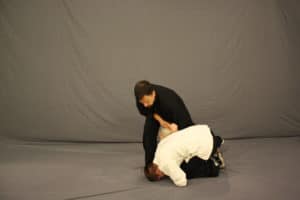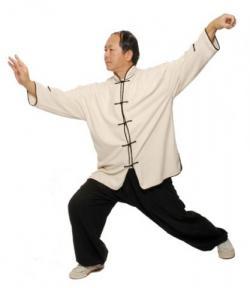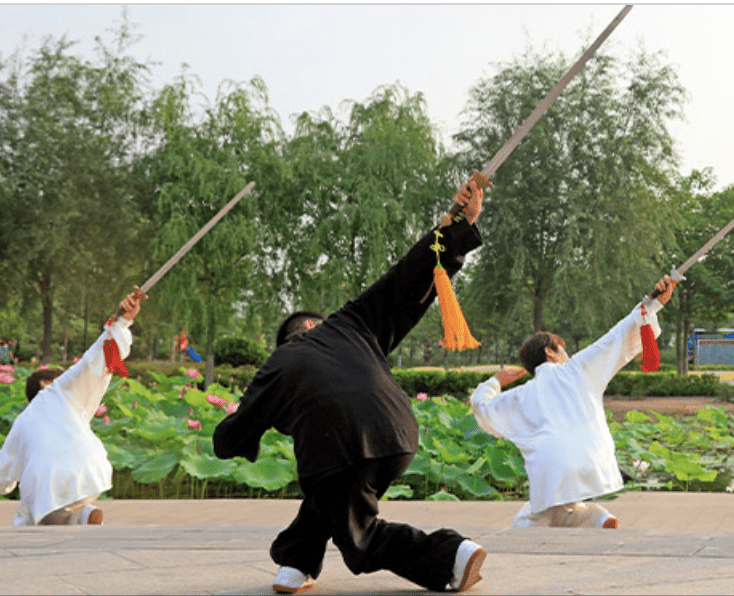 Deflection and Lateral Movement in Tai Chi for Self-Defense
Deflection and Lateral Movement in Tai Chi for Self-Defense
Angles are important in Tai Chi for self-defense – you should always be thinking in terms of slightly oblique motions, rather than straight-on right angles. This is true both when you are making a defensive maneuver – deflecting a punch or blow sent your way by an opponent, for instance – and when you are attacking. Oblique angles are a vital asset to you when fighting with Tai Chi (or practically any other combat technique, for that matter).
It should be noted that there is no substitute for training by a skilled Tai Chi martial artist, however. Try to find one who recognizes the chaotic nature of combat and who trains their pupils in flexibility and adaptability, rather than sticking to an inflexible and ultimately damaging rote.

Tai Chi for Self-Defense Technique #1: How to deflect blows directed at you
Sometimes, a blow directed at you during a fight can be avoided simply by moving your body out of the way, which may require no more than a slight turn. However, many times, you will have to actively deflect a blow with your hands or arms, since there is a fair chance that your opponent has some combat experience and is definitely energized with adrenaline and other “combat chemicals”; and assuming they are clumsy could be a fatal mistake.
When deflecting a blow, you should not block directly, opposing your force head-on to theirs. This is a good way to end up with an injury, but not a proper way of avoiding your opponent’s attack. Instead, you want to deflect their attack and let it spend its force in empty space, rather than against any part of your body. Even the thick, high-tech armor of a modern battle tank can be penetrated by a straight-on hit, but its sloping angles mean that most shells ricochet off harmlessly. You need to apply the same principle to your defense.
Hit your opponent’s arm enough to move the blow past you. This is the basis of deflection. It is true regardless of whether the opponent is attacking you with a plain fist, a set of brass knuckles, or a knife. Though a knife is alarming, it cannot cut you if it does not hit you – deflect the blow into the empty space beside and behind you, and the knife will not harm you.
Free Tai Chi Video: Walking Meditation
Tai Chi for Self-Defense Technique #2: How to move when attacking
Moving at an oblique angle makes your attacks more effective, too. Do not move straight towards your opponent when attacking him or counterattacking. Move slightly at an angle to him, which will throw him off balance. His fighting instincts will be expecting a more straightforward blow than the one you actually launch, and it will therefore have a much higher chance of getting past his defenses and landing solidly on one of his vital points.
Finally, remember to hit hard. Pushing is for training, where you are not trying to actually put your opponent down. In real fighting, it is necessary to disable your opponent as quickly as possible, or hurt them badly enough so that they retreat. Substitute torso point strikes for pushes when the chips are down and you are using Tai Chi for self-defense in a life or death struggle.

